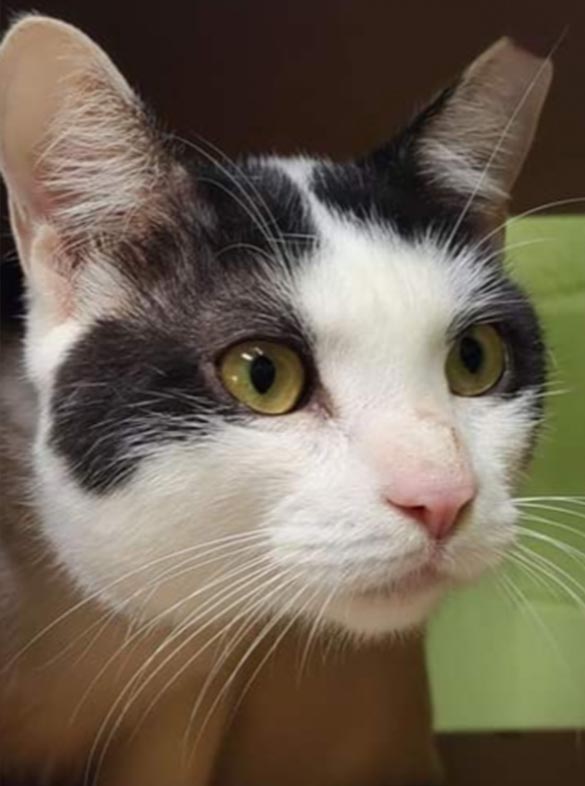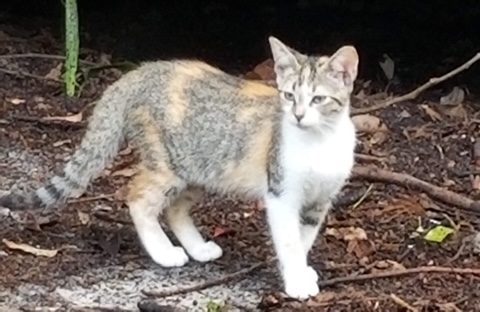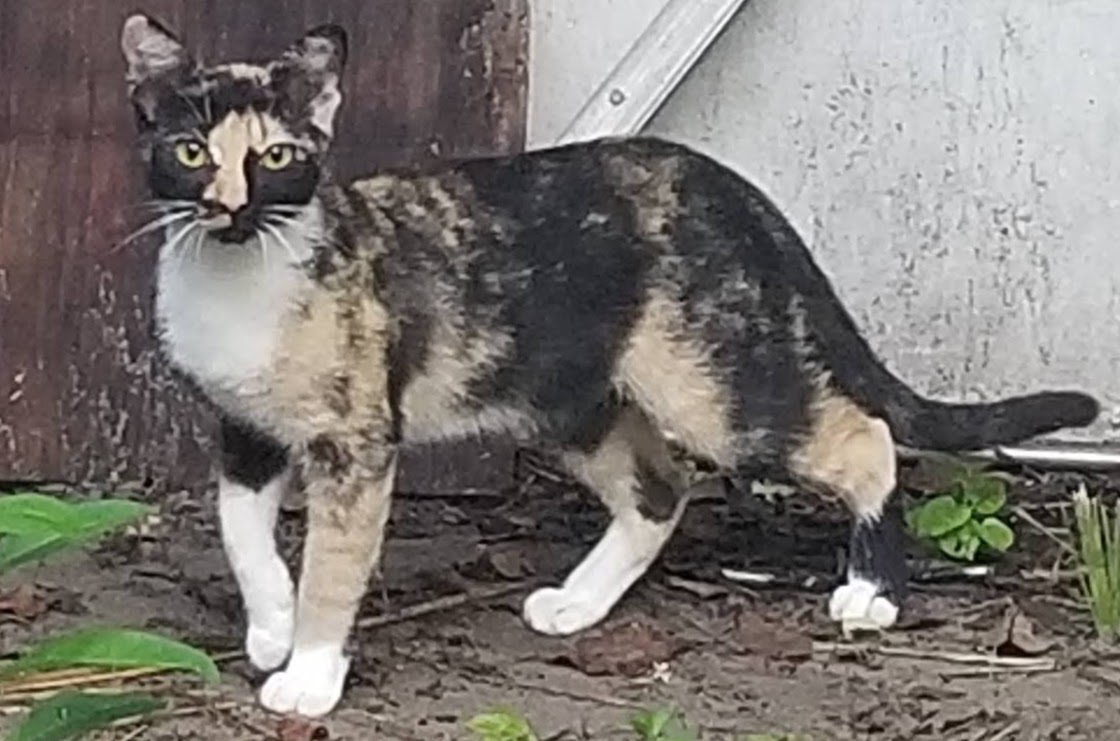My Community Cats
Community cats
are unowned cats who live outdoors. They are usually free roaming, unsocialized and often not friendly (scared of) to people. They live in their outdoor environment around other cats called colonies. You may see them sunning themselves on the grass, playing in alleyways or sleeping on a porch.
They are cats which are not a threat to public health and mostly avoid contact with humans. They do well in their outdoor environment and don’t do well indoors and are for that reason unadoptable.
Community cats are often cared for by community caregivers. A caregiver helps provide food, water and if necessary other care for these animals. These caregivers are not considered an owner of the cat(s).
When cats are eligible to be a community cat, TNVR is the best option for them to live out a healthy life.

How does TNVR work
TNVR humanely traps the cat, takes it to a veterinarian to be spayed/neutered, vaccinated and ear tipped and returned back into its environment where it was trapped.
Trapping
Preparing for trapping – When you decide to want to help with TNVR it is a good idea to contact your neighbors and educate them on TNVR and why you are doing this. Decide how many animals you want to trap the more you can trap the better. Find a feral friendly veterinarian or organization like us who can direct you. Also find out if you need an appointment for the procedure.
Figure out where you can keep the cats after surgery until they recover.
Establish a consistent feeding schedule and feeding location before trapping. Keep in mind this would be the best place to later trap them such as solid ground.
Once you have created a routine make sure you have a working trap. Make sure you have everything you need before you start. Do not feed cats 24 hours prior to trapping (still provide water) – you want a cat hungry and have as little food in them for surgery. Try to use a smelly food such as tuna, sardines or wet cat food to get their attention. Make sure you have a towel or sheet covering the trap when you set the trap, so the cat feels less stressed and is calmer when trapped. After setting the trap, step away from the trap and get out of sight from the cats, so you don’t scare them, and you will also have a better chance of trapping them. Once you have trapped a cat, do not reach into the trap- the cat will be scared and may scratch you in self-defense.

Address:
Seminole County TNVR
411 Ipswich Street
Altamonte Springs, FL 32701
Neuter (spay)
Take the cat to the veterinary clinic where the procedure is to be done. Make sure the cat is ear tipped, spayed/neutered and vaccinated (other services are up to you).

Vaccinate
for a minimum of rabies and FVRCP (a vaccine against 5 highly contagious possibly life threatening feline viruses).
Make sure the clinic has your contact information so they can contact you with any questions.
After Surgery-Let the cats recover in an area you have designated for them as directed by your veterinarian. Keep the traps covered but monitor them regularly. The cats are still scared and may hurt you or themselves in self-defense. Watch for complications and contact the veterinarian immediately should you see vomiting, bleeding or difficulty breathing.
Return
the cats once you have followed your veterinarian’s instructions and in the exact location where you trapped them. This way they can reunite with their colonies. Continue providing food and water.
Doing this is a selfless act which improves the lives of community cats.
